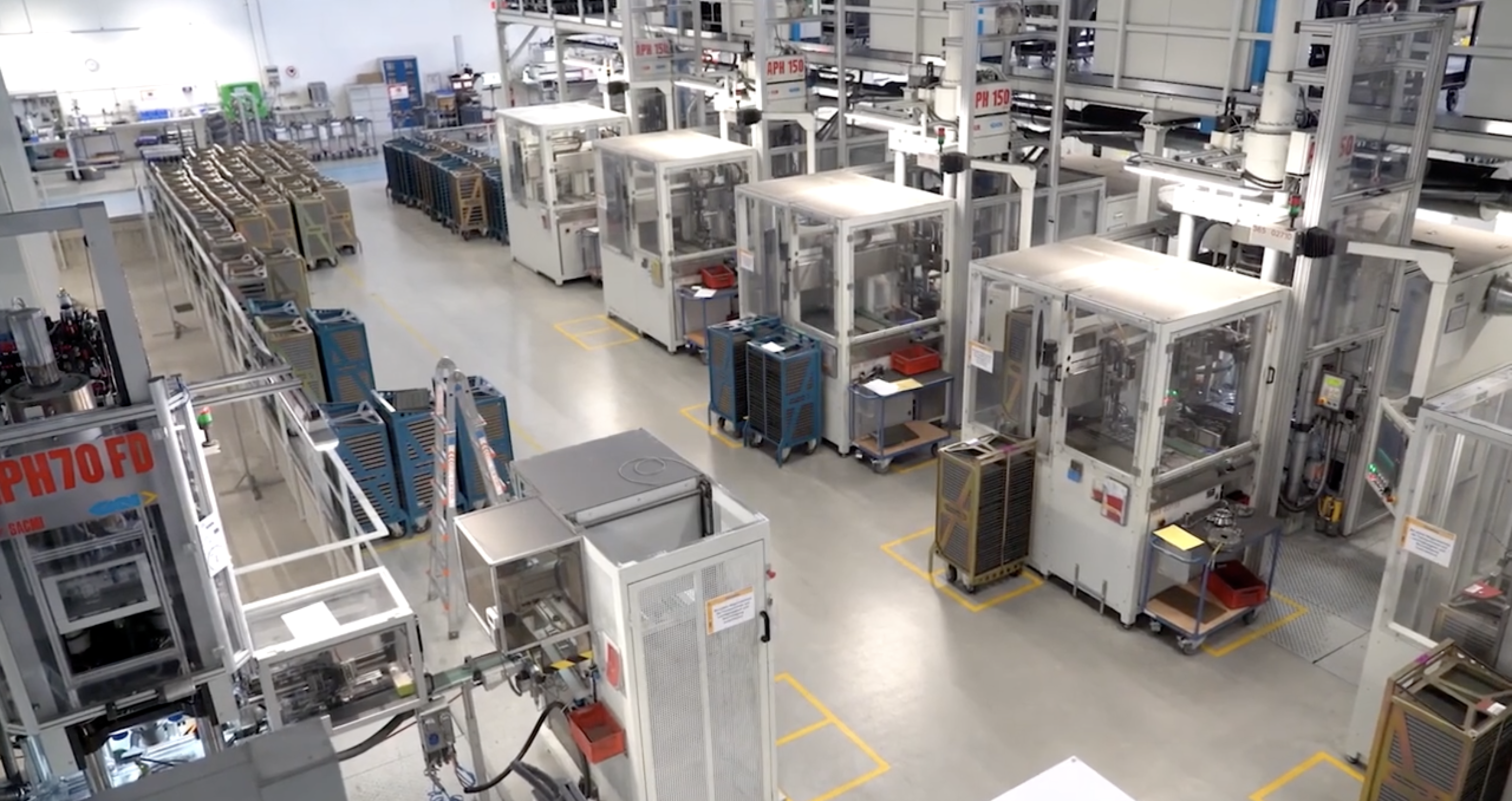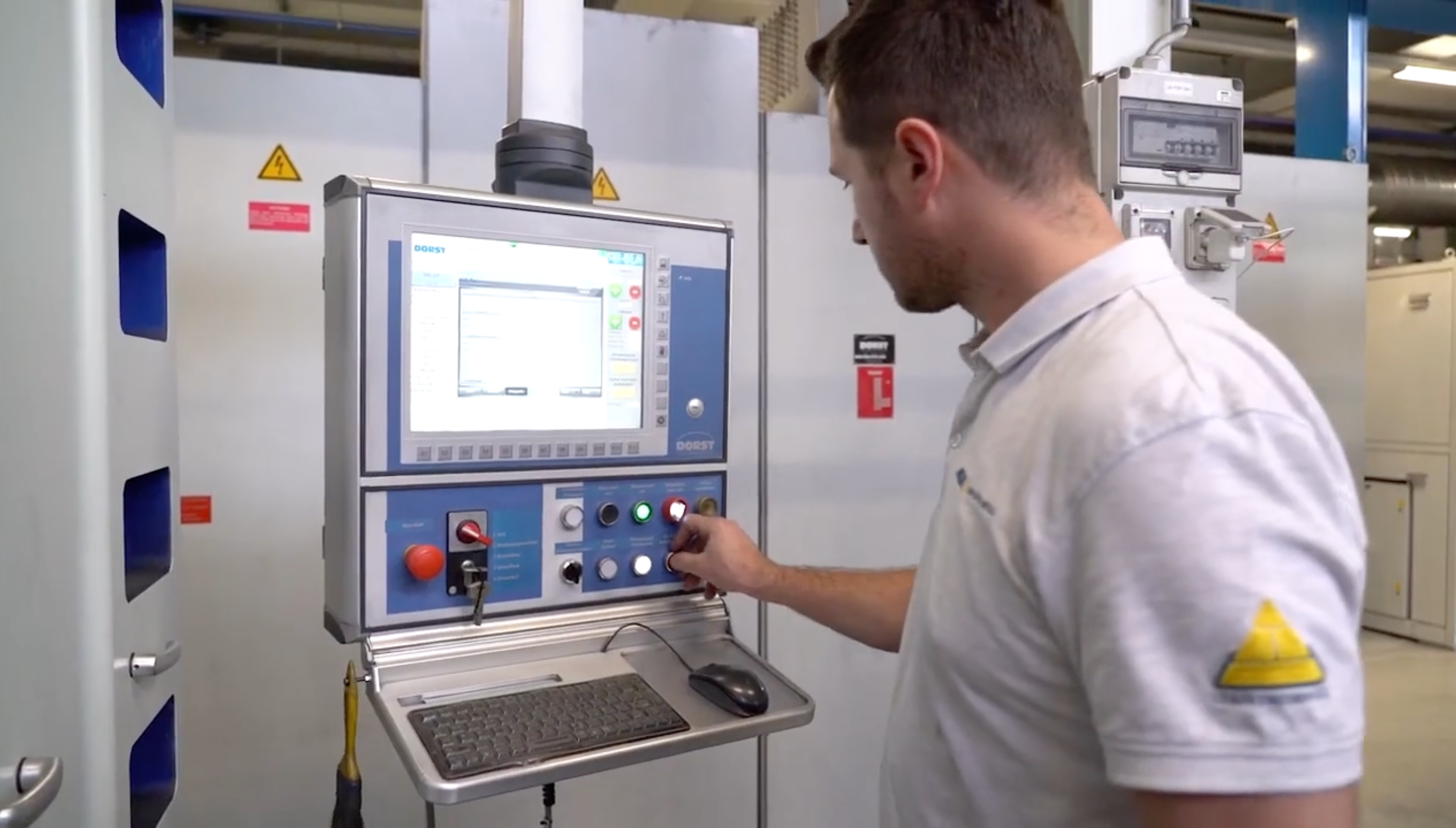If you’re trying to understand how artificial intelligence is being used in manufacturing and how it can meaningfully improve key performance indicators, this post is your guide. You’ll discover 10 high-impact AI use cases in manufacturing, from asset reliability to workforce productivity—each explained with real-world relevance and clear KPI improvements. More importantly, we’ll show how Workerbase’s Connected Worker Platform directly enables or integrates with each of these AI-driven capabilities.
Whether you’re leading factory operations, deploying smart factory initiatives, or exploring Industry 4.0 upgrades, this blog will help you understand where and why AI delivers measurable value.
Why these are the top 10 AI applications in manufacturing
With hundreds of potential AI applications across the industrial value chain, it’s fair to ask: why these ten? The answer lies in a combination of operational impact, technological maturity, and scalability.
These use cases were selected because they meet these critical criteria:
1. They address core manufacturing pain points
Each use case targets long-standing challenges that affect production performance—unplanned downtime, quality defects, inefficient scheduling, or skill gaps on the shopfloor. These are not fringe problems—they’re daily concerns that drive cost, delay, and waste.
2. They offer clear, measurable KPI improvements
Unlike speculative applications, these AI solutions are already proven to improve key metrics like throughput, yield, OEE, and defect rates. Manufacturers across industries have validated these improvements with real data.
3. They are technologically ready
All ten use cases leverage AI technologies that are readily available and commercially viable today. Whether it’s computer vision, time-series forecasting, or digital twin modeling, the tech stack exists and is being implemented—not just piloted—in modern factories.
4. They are scalable across sites and lines
Scalability matters. These solutions can be deployed across multiple lines, shifts, or plants without massive reconfiguration. Many of them benefit from shared models and historical data, making each new deployment more effective than the last.
5. They support human-centered workflows
Finally, these use cases complement—not replace—human expertise. Whether it’s an operator receiving a predictive maintenance task or a quality inspector validating AI-detected defects, these tools enhance decision-making rather than automate it away.
Workerbase: The execution layer for AI applications in manufacturing
While AI models provide the intelligence, all 10 of the following AI use cases for manufacturing require an additional layer to ensure that insights are acted on in real time by people and systems. That’s where systems like Workerbase and Connected Worker Platforms come into play, they ensure that your shopfloor operations are actually connected to these novel AI systems and that you can establish the data maturity necessary to put these systems in place. From predictive maintenance tasks to dynamic work instructions, live production KPIs, and rework management, Workerbase acts as the connective tissue between industrial data and frontline execution—without needing to rip and replace existing infrastructure.
Additionally, Workerbase has several in-built AI use cases centered around empowering shop floor operators, such as AI task guidance or AI Video to Work Instruction generation, built specifically to improve your manufacturing operations.
1. Workforce Augmentation: Supporting operators with smart assistance
The shortage of skilled labor in manufacturing is no secret. AI can support shopfloor teams by delivering dynamic, context-aware guidance via tablets, or smart wearables.
AI-enabled work instructions adapt in real time based on sensor inputs, operator actions, or environmental conditions. These systems also record actions to create traceability and provide feedback for continuous improvement.
Why it matters:
- Reduces training time for new operators
- Lowers error rates during complex assembly or changeovers
- Improves productivity with contextual task assistance
By embedding expertise into tools, AI transforms how humans interact with machines, processes, and data—turning every worker into a high performer and making this use case one of the most important AI use cases in manufacturing.
The Workerbase connection:
This feature is core to Workerbase’s platform. Users can create digital workflows that adapt in real time based on context (machine status, batch type, operator role), providing step-by-step work instructions, validation gates, and AI-based decision support at the point of use.
How Workerbase helps:
- AI co-pilot guides operators through complex or variable tasks
- AI engine provide the most relevant knowledge base and escalation options on-device for each task
2. AI-Powered Visual Inspection: Detecting defects before they leave the line
Traditional visual quality control is labor-intensive, subjective, and prone to error—especially across long shifts or under inconsistent lighting.
AI-based visual inspection systems use computer vision and deep learning to detect defects in real time. These systems are trained on thousands of image samples to recognize defects that humans may overlook, such as micro-cracks, misalignments, or discoloration.
Why it matters:
- Enhances consistency and accuracy in defect detection
- Speeds up inspection across high-volume lines
- Reduces product recalls, rework, and scrap
By continuously learning, these models can adapt to product variations and even suggest corrective actions upstream in the production process.
3. Demand Forecasting: Aligning production with market needs
Inaccurate demand forecasts lead to stockouts, excess inventory, and inefficient use of production resources. Traditional statistical methods struggle to handle nonlinear trends, seasonal demand shifts, or disruptions.
AI-powered forecasting uses time-series models, machine learning, and external data (such as weather or market signals) to deliver more adaptive, granular predictions. These forecasts can be automatically updated based on real-time inputs, giving planners up-to-date insights.
Why it matters:
- Minimizes overproduction and underproduction
- Aligns raw material purchases with expected orders
- Improves OTIF (on-time-in-full) delivery performance
For manufacturers with multiple SKUs or complex seasonal cycles, AI forecasting helps prevent lost sales and reduces wasteful inventory holdings.
4. Process Optimization: Unlocking hidden efficiency on the line
Manufacturing lines often operate below optimal levels due to operator variability, fluctuating conditions, or legacy equipment limits. AI tools analyze operational data to continuously identify the best parameter settings for key process variables like temperature, pressure, feed rate, and motor speed.
AI process control systems can either recommend adjustments or implement them autonomously, ensuring production remains within the “golden zone” that maximizes efficiency and product quality.
Why it matters:
- Increases throughput without added resources
- Improves yield by minimizing variability
- Enhances consistency across shifts or production runs
This is especially valuable for high-mix environments or where quality tolerances are tight and small deviations can result in expensive scrap.
5. AI-Driven Supply Chain Optimization: Navigating disruption with intelligence
Modern supply chains face volatility from geopolitical shifts, raw material constraints, and fluctuating customer demand. Traditional planning systems react slowly and lack real-time situational awareness.
AI models integrate supplier performance data, transit timelines, production schedules, and even weather or social media signals to create adaptive, intelligent supply networks. They also support scenario planning by simulating outcomes of potential disruptions.
Why it matters:
- Reduces lead times and stockouts
- Enables agile response to supplier delays
- Optimizes freight routes and logistics spend
This gives manufacturers the agility to maintain service levels without overstocking, a critical capability in a just-in-time world.
6. Energy Optimization: Turning power consumption into a competitive edge
Energy consumption in factories is often a black box. Peak-hour surges, idle machinery, and poorly calibrated HVAC systems quietly drive up operational costs.
AI-powered energy management systems use real-time and historical energy usage data to recommend or automate load shifting, machine scheduling, and environmental control adjustments.
Why it matters:
- Lowers total energy spend without cutting output
- Reduces emissions in compliance with sustainability goals
- Informs carbon footprint reporting and ESG benchmarks
Whether you’re pursuing cost savings or environmental impact reduction, energy optimization through AI provides fast ROI.
7. Predictive Maintenance: From unexpected breakdowns to continuous uptime
Unplanned equipment failure is one of the most disruptive and costly events on a factory floor. Traditional maintenance approaches—reactive and time-based—either miss issues or waste time on unnecessary checks.
AI changes the game by ingesting real-time sensor data (such as vibration, pressure, and heat) and building models that recognize early warning signs of failure. Over time, these models become more accurate, helping maintenance teams intervene only when needed.
Why it matters:
- Improves equipment reliability
- Reduces production stoppages
- Cuts maintenance labor and spare parts usage
AI-driven maintenance is especially valuable for manufacturers with high-cost machinery or continuous production cycles, where every minute of downtime equates to lost revenue.
8. Real-Time Production Monitoring: Making the invisible visible
Without timely data, issues on the production line can go undetected for hours or days. AI bridges this gap by ingesting data from machines, sensors, and systems to provide a holistic, live view of the plant.
AI-based monitoring systems not only track metrics like OEE, cycle time, and downtime—they also detect anomalies, identify root causes, and trigger alerts to operators or supervisors.
Why it matters:
- Shortens the time to detect and resolve issues
- Increases OEE by reducing hidden losses
- Improves decision-making with real-time insights
Real-time visibility is foundational for Industry 4.0—and AI makes this visibility actionable.
9. Generative Design and Simulation: Accelerating R&D with AI
Product development cycles can be lengthy and expensive. Engineers traditionally test one design iteration at a time. With AI, the process becomes exponential.
Generative design platforms simulate thousands of design configurations based on defined constraints (e.g., weight, cost, strength), optimizing for multiple objectives simultaneously. AI simulation also predicts product performance under stress or wear, reducing physical prototyping.
Why it matters:
- Reduces product development cycle time
- Lowers material costs through optimized design
- Increases innovation velocity
This approach empowers engineers to explore more creative and efficient solutions than previously possible.
10. Predictive Quality: Ensuring compliance before products fail
Quality testing at the end of the production line is reactive. By the time defects are found, materials and labor have already been consumed.
Predictive quality systems use in-line data—machine settings, operator inputs, environmental conditions—to predict whether a product will pass final inspection. If not, adjustments are made in real time to prevent defects.
Why it matters:
- Reduces scrap and rework
- Improves first-pass yield
- Minimizes customer complaints and warranty costs
Predictive quality transforms quality control from a catch-and-fix model into a prevent-and-optimize model.
Conclusion: Bridging AI insights to shopfloor action
AI is already transforming manufacturing—boosting uptime, quality, and productivity across the board. But insights only matter when they’re acted on, in real time, by people and machines. That’s why Workerbase’s Connected Worker Platform is essential: it links AI-driven analytics to frontline operations, turning predictions into actions—whether it’s predictive maintenance, smart work instructions, or real-time monitoring.
Want to learn more about how Workerbase can transform your operations? Get in touch below!




